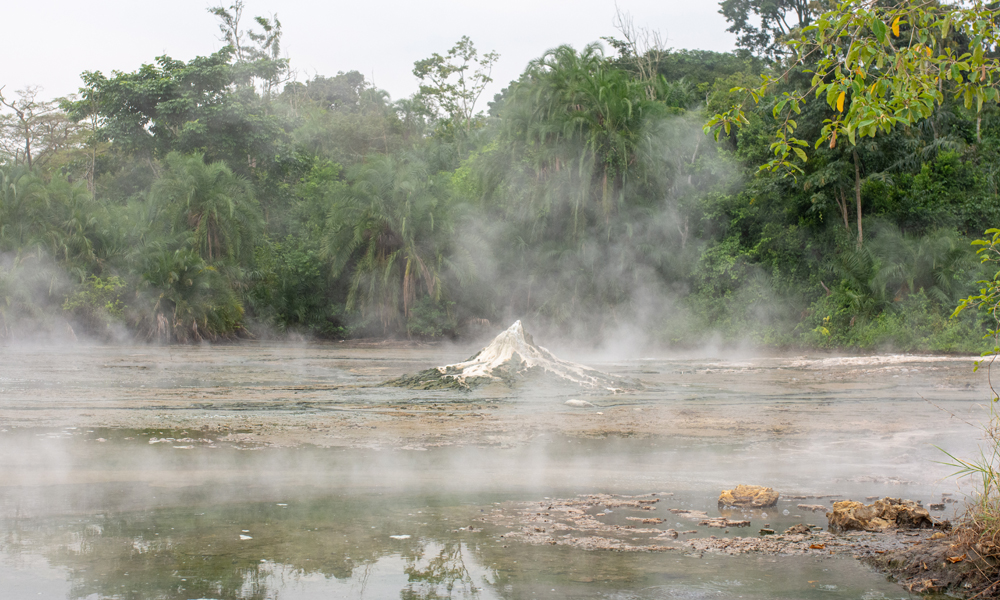Semuliki National Park is located in western Uganda, tucked away in the northern Rwenzori Mountains. It was designated as one of the country’s first national parks in 1926 and is home to a variety of bird species from the Congo Ituri forest. The park spans the shores of Lake Albert and is overseen by the Uganda Wildlife Authority, covering an area of roughly 545 square kilometres. The park is now conducting a chimpanzee project with the purpose of habituation. Along the Marshy swampy areas is the critically endangered shoe bill stock which can be seen in the national park.

Semuliki National Park’s forest is an extension of the great Ituri forest; this means that most of the park’s species can also be found in the central Congo region. The park is well-known for its physical composition; over 450 species of birds, the majority of which are forest birds, can be found there, including purple-breasted sunbirds, Congo serpent eagles, long-tailed hawks, olive green buls, white-tailed horn bills, dwarf honey guides, and forest ground thrushes. There are mammal species present in the national park, some of which include dwarf antelopes, hippos, elephants, olive baboons, Uganda kobs, to mention a few. There are two tribes living around the national park the Bamba and Bakonjo they live and survive on the forest.
There are many things to do in the Gazette area. One such activity is to visit the Sempaya hot springs, which are located up to two metres below the surface and have water hot enough to boil an egg. The male spring is particularly well-known and frequently visited. The locals think the waters have medicinal properties and can heal skin conditions like ring warms. The boiling gestures are caused by the movement of tectonic plates, as legend has it, and the water was once used to boil food. There are also female springs; according to the women of bygone eras, the water was utilised to promote reproduction in the event that a person became infertile.
Take pleasure in the forest walks that start at the Sempaya gate. Along the well-maintained trails, you will encounter stunning butterfly species, red-tailed and vervet monkeys, and, on a fortunate day, pygmy tours are truly charming. You can also take a tour with the pygmy people, who are the last short-stripped people in Uganda and have been resettled in the nearby communities. Half of the Congo’s bird species can be found in the national forest, as well as in the area around the Sempaya and the hot springs. Bird watching in the national park provides an authentic experience of the wild.
Travellers can access Semuliki National Park by the Kampala Fort entrance, or via Mbarara and Masaka. The park is accessible by car and takes around 6 hours to reach. Semuliki National Park is open to visitors year-round; every season is breathtaking. There are lodging options close to the national park, including as the Semuliki Safari Lodge, which is located in the reserve and just a short distance from it.
